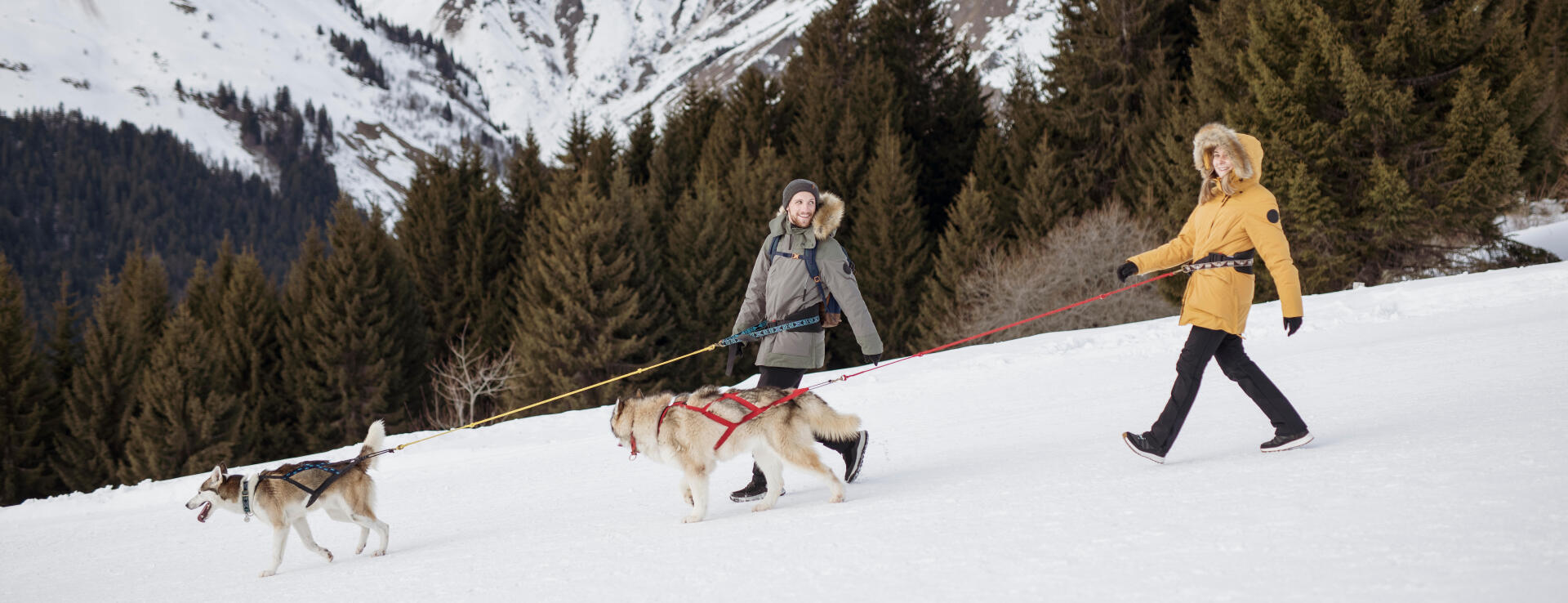A few basic rules
Whether you are a beginner, intermediate or advanced hiker, you must respect a few rules before going on a hike.

Functional features, utility, warmth, durability… these are just some of the criteria to be considered when buying snow hiking gear. Depending on your level of ability, we can help you make the right choices!
Functional features, utility, warmth, durability… these are just some of the criteria to be considered when buying snow hiking gear. Depending on your level of ability, we can help you make the right choices!
The benefit of hiking on snow is that it is for everyone, regardless of your experience or physical condition. Walking in a relaxed way with family or friends, seeking to climb peaks to admire the view or surpassing yourself to reach ever higher limits… Regardless of your level of ability, we have the equipment you need!
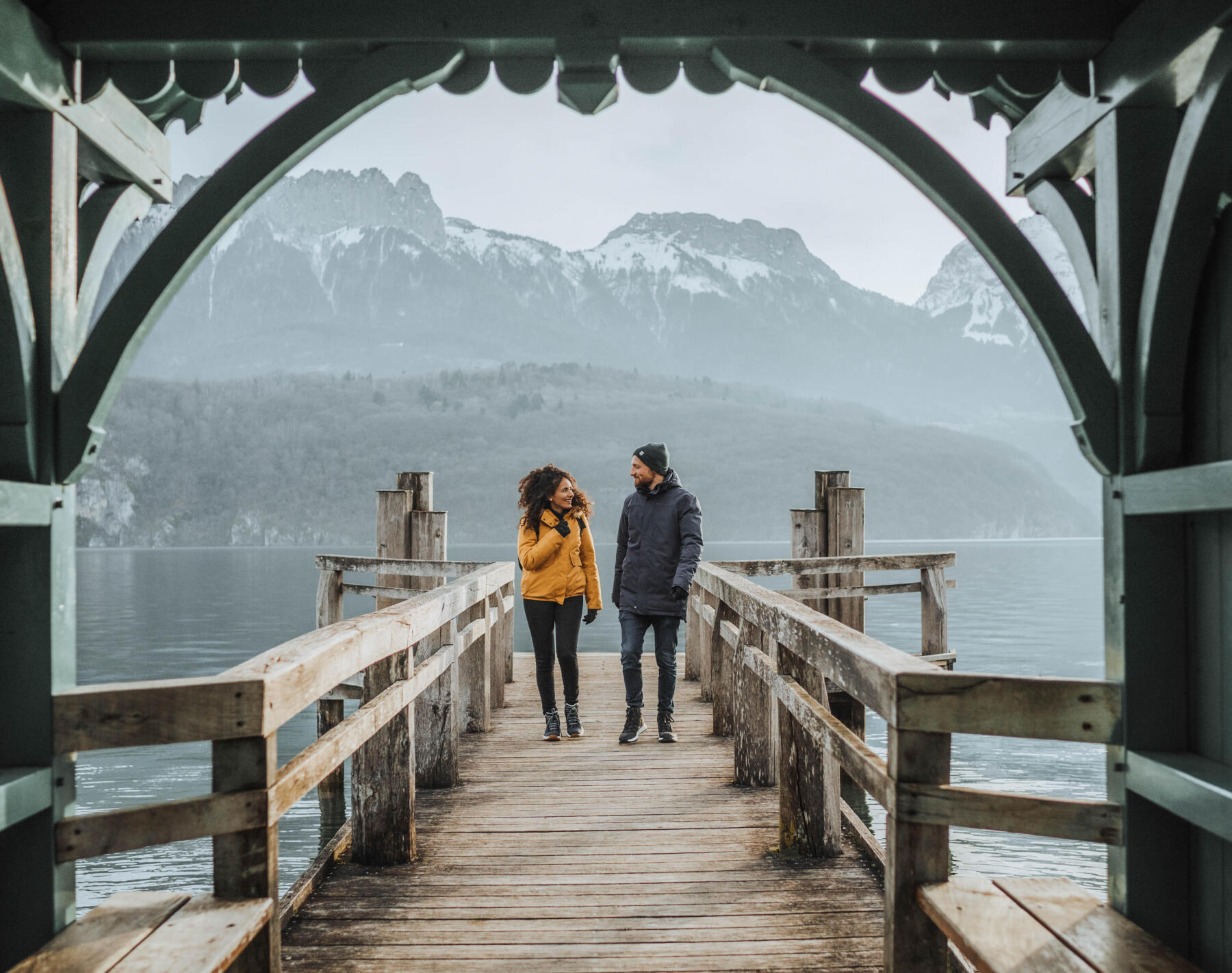
Whether you are a beginner, intermediate or advanced hiker, you must respect a few rules before going on a hike.
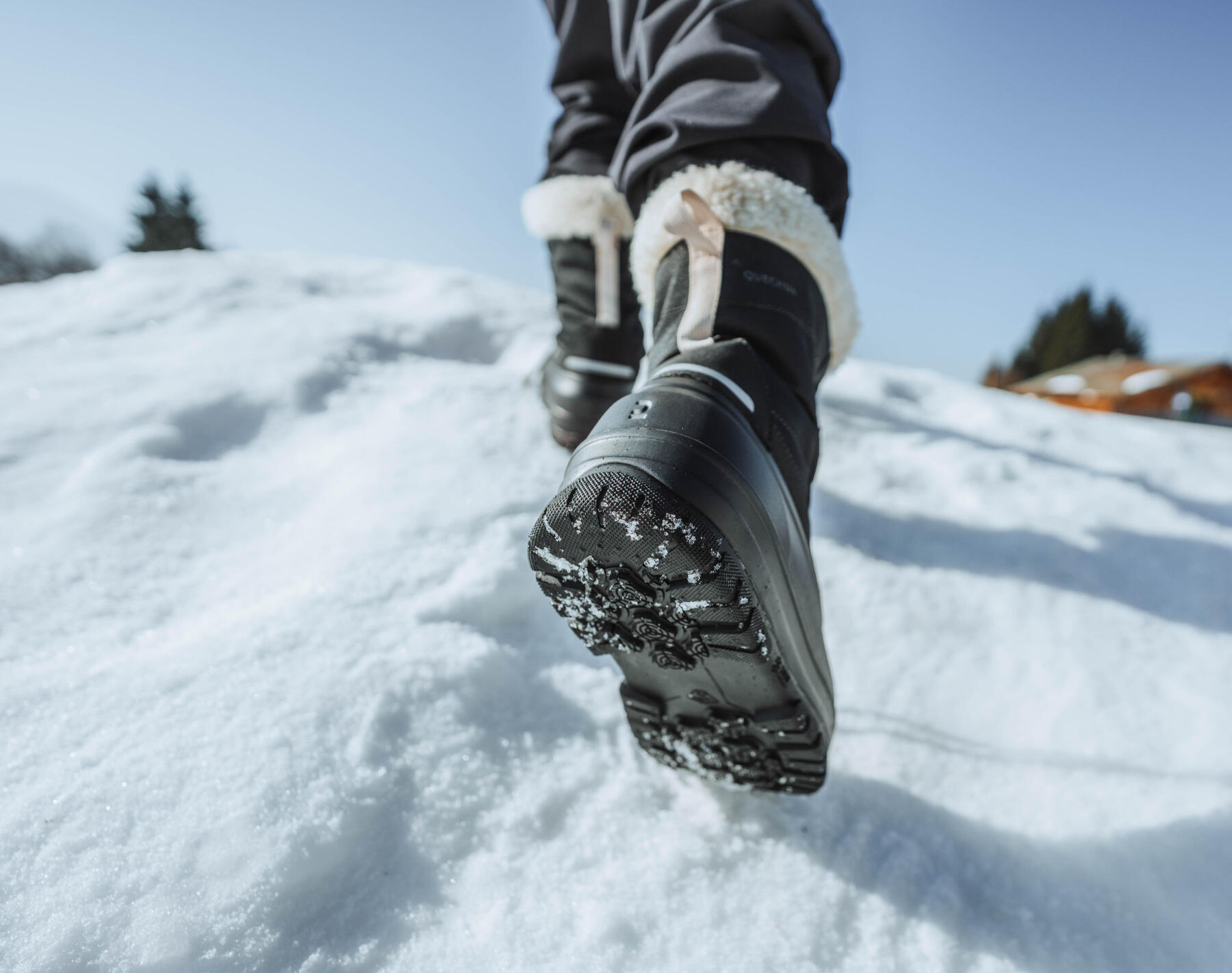
ALL THE PRODUCTS DESIGNED FOR HIKING ON SNOW HAVE COMMON FEATURES:
The benefits of this equipment are developed to varying degrees according to level of ability. Whether you are a beginner, intermediate or advanced hiker, there is something for everyone.
You walk at an easy pace… in your opinion, hiking is the ideal time for the contemplating nature, getting a breath of fresh air, stopping to take photos, making snow angels with the children… you enjoy the signposted trails and the silence of the snow-covered landscapes…


Prioritising warmth...
Regarding clothing, your priority is to keep nice and warm. Indeed, because you will be stopping to take breaks and be more stationary at certain times, there is a risk that you will catch cold. To keep warm, all you need are 3 layers: a breathable high-tech base layer that will keep you warm while allowing air to flow, a pullover or fleece to insulate you from the cold and a third layer, i.e. a jacket or parka, to protect you from the weather and wind.

… and freedom of movement
Regarding trousers, in addition to warmth, a loose fit is better because it allows you to move freely. A little extra: a drawcord at the trouser-bottoms will prevent snow from getting into your boots.


Utility
Don't overlook the practical aspect of your clothing, such as the pockets for carrying cereal bars or holding your gloves while you take a photo, a high collar for preventing snow from getting inside and the comfort of the clothing.

... And grip
As for the footwear, you need boots or shoes with good grip. Even if you are walking on groomed terrain with relatively low gradients, the packed snow can be slippery and you must have good grip.
on signposted trails, there is little risk that you will sink into the snow: you can opt for warm and waterproof boots for walking on snow, with non-slip soles and good ankle support.
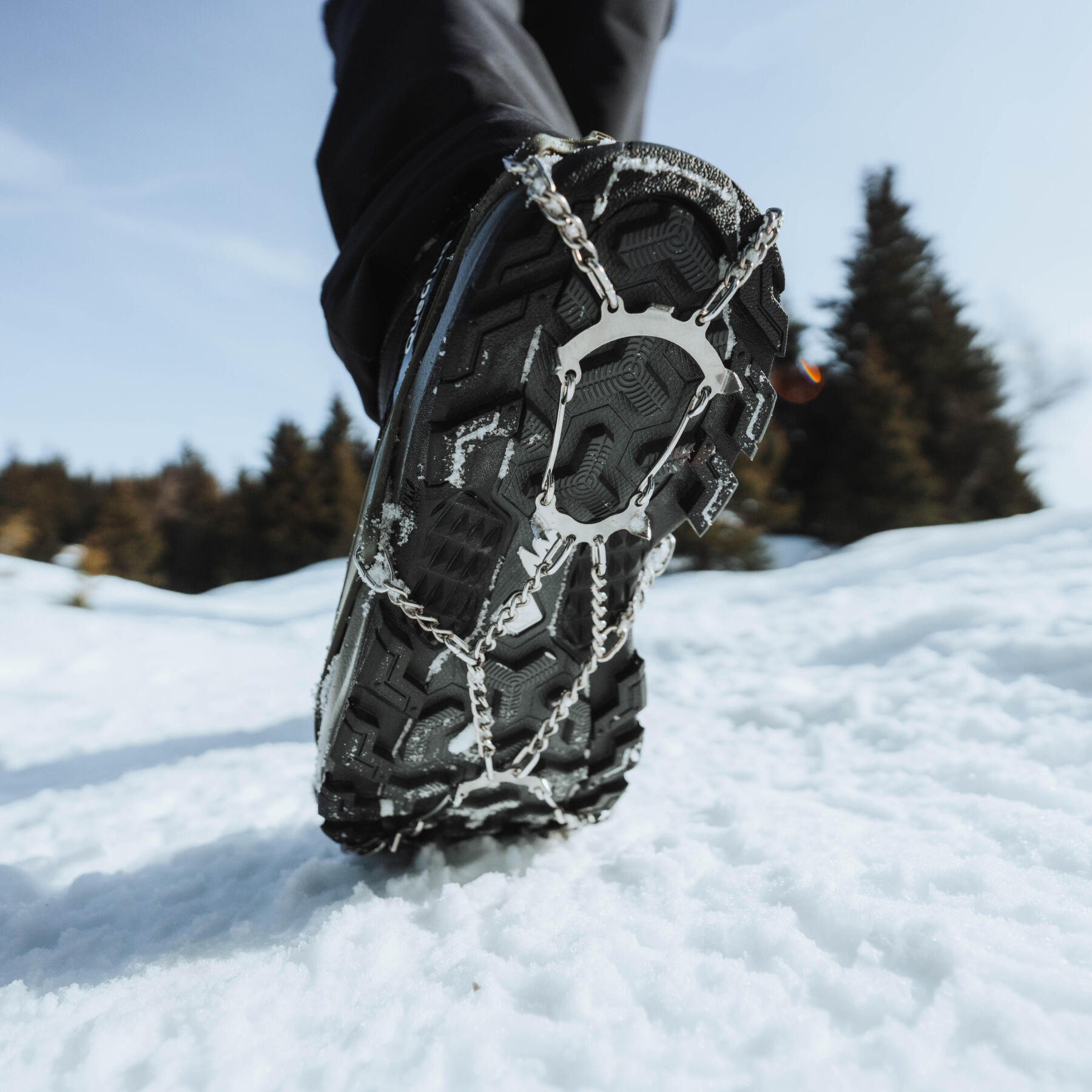
On the signposted trails, there may be sections that are more slippery or even icy. There are practical removable non-slip spikes that you can take in your backpack and very easily slip over your boots. They will be the solution for coping with an icy trail!
Hiking on snow is a breath of fresh for you. exploring new peaks, surpassing yourself, filling your lungs with fresh air, feeling your heartbeat and getting to the top, while still recovering your breath to contemplate the panorama and enjoy the moment before going back down… on a sledge, why not? Intoxicated by the speed and the fresh air…


Warmth & breathability
The warmth of your equipment is as important as the breathability: the cold of winter, accentuated by the altitude, should not stop you or put a damper on your outing… and as you are hiking in sports mode, the breathability effectively eliminates moisture thereby preventing condensation so that you do not catch cold. The three layer rule also applies to you: a high-tech base layer, followed by a second layer to insulate you from the cold with a warm and lightweight long-sleeved T-shirt. The third layer will be lightweight, water repellent and, above all, breathable. The same applies to the trousers.

Essential lugs
Regarding footwear, the grip is an essential feature. Choose boots with lugs specially designed for walking on snow. They must have relatively prominent lugs (3 to 5 mm) to provide good grip on icy sections or steep gradients. Depending on the type of snow that you encounter on your route, a pair of snowshoes may come in useful to give you the buoyancy, hence comfort, you need to avoid sinking into the powder snow.

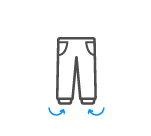
Anti-intrusion system
If you are climbing in snowshoes, choose a pair of anti-intrusion trousers to prevent snow from getting into your clothing. Particularly if you're coming back down on a sledge… These trousers are equipped with bellows at the trouser-bottoms and a small hook that fastens to the laces of your footwear in order to keep the snow out.

The poles: an invaluable aid
Whatever the situation, poles are an invaluable aid to the sports hiker. They improve safety going downhill and provide support going uphill. Choose poles designed for the snow, i.e. with large baskets, and telescopic pole sections so that they can be stored in a backpack.
Your hike may be a little less sporty. All you need to do is adjust your equipment to cope with extreme temperatures. Without adding an additional layer, simply choose a thicker jacket and pair of trousers, which must nevertheless still be breathable. A jacket with a large collar or hood will protect the head and neck. As for the footwear, choose boots with more coverage that can come in more useful in extreme cold conditions.
You feel at home in the mountains. Regardless of the weather, as soon as the first flakes of snow start to fall, you can be seen clambering towards the peaks… you never feel better than when you are at altitude, enjoying pushing yourself, breathing the heady high-altitude air and taking on new challenges with each outing: going further, quicker each time…

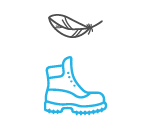
Grip, comfort and low weight
Regarding the footwear, as an advanced hiker, you need grip on snow and good traction in the event of slippery sections or steep gradients. You need freedom of movement and low weight… If you are walking on relatively packed snow, choose "high" boots, i.e. those that provide support up to the top of the ankle. If, like any self-respecting chamois, you get off the beaten path and into the powder snow, choose "mid" boots coupled with snowshoes. In this case, make sure that your trousers have an anti-intrusion system: built-in gaiters, bellows with a zip and press studs or even a small hook to be fastened to the footwear.

Lightweight and breathable
Given that you won't be put off from climbing by the cold, snow or melting snow, it is important that your equipment is suited to every type of condition. Warmth and comfort are essential features given that you will often be going out for long periods in all types of weather. However, the key for your type of discipline is the breathability of the clothing because this eliminates perspiration, and the low weight as this will allow you to move freely. In addition to the first two layers, i.e. the high-tech base layer and the insulating T-shirt, preferably choose a lightweight jacket like a softshell. This word refers to a flexible and breathable item of clothing that can withstand the weather conditions and provide thermal insulation. These jackets provide comfort and warmth while also protecting you from the wind and weather conditions. You will require the same features for your trousers.
With or without snowshoes, it may be useful to take some telescopic poles with you in your backpack. Without forgetting a water bottle for drinking regularly and a snack should you feel a drop in energy.
To combat the cold, the body reacts in various ways by speeding up the heart rate or even reducing the blood flow to the hands and feet. Sports in general, and hiking of snow in particular, are an excellent way of warming yourself up as long as the body is already at a certain temperature, which is why you need a good warm-up. Rotate your arms, bend your knees, rotate the upper body and start hiking at a gentle pace to raise the temperature.
